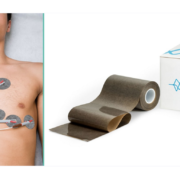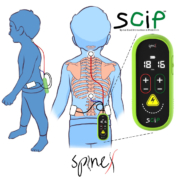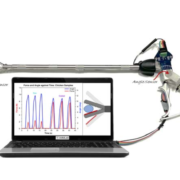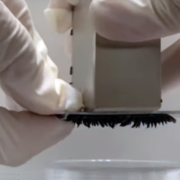First patient treated with Eurosets Colibrì ECLS
Eurosets, a company based in Medolla, Italy and a leader in the development, production and commercialization of advanced medical devices, announced that the first patient has been treated with Colibrì, the lightest extracorporeal life support (ECLS) system available in the market.











